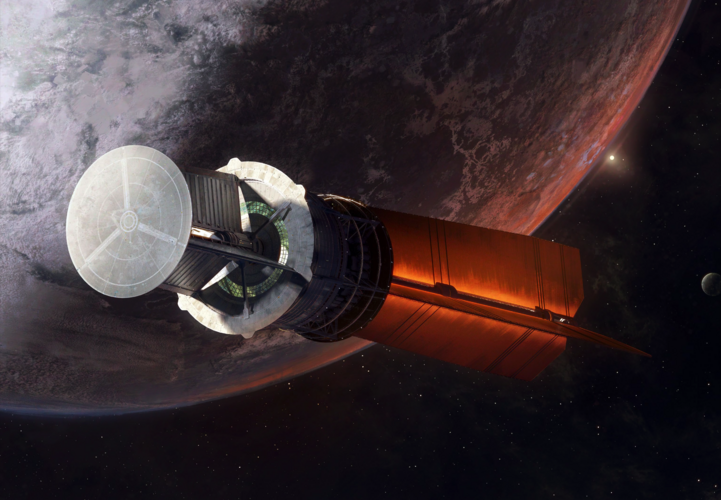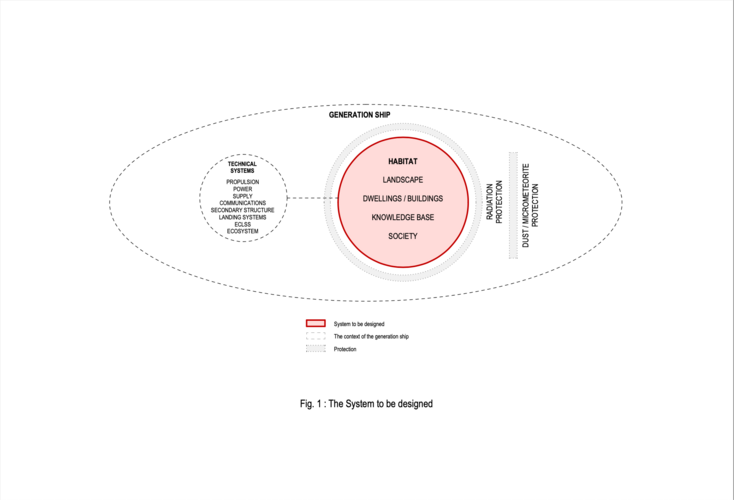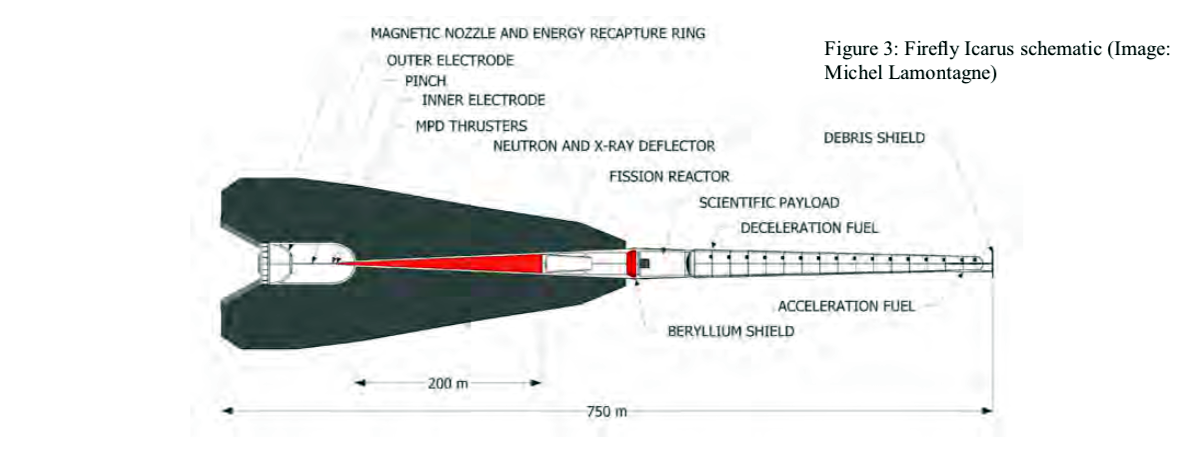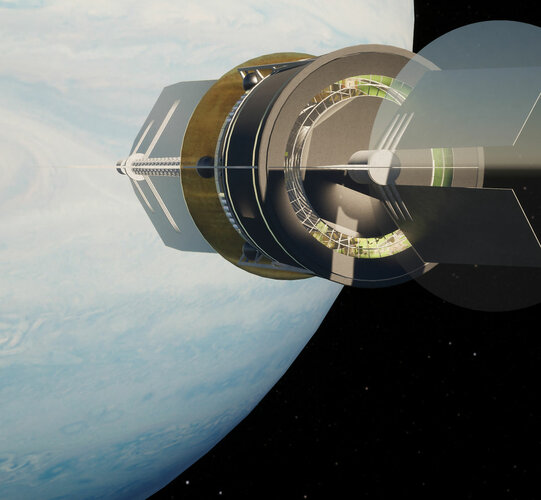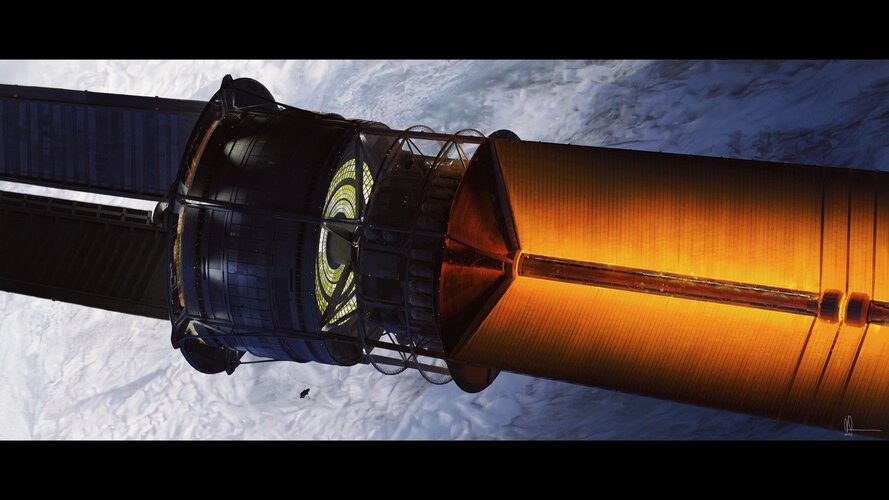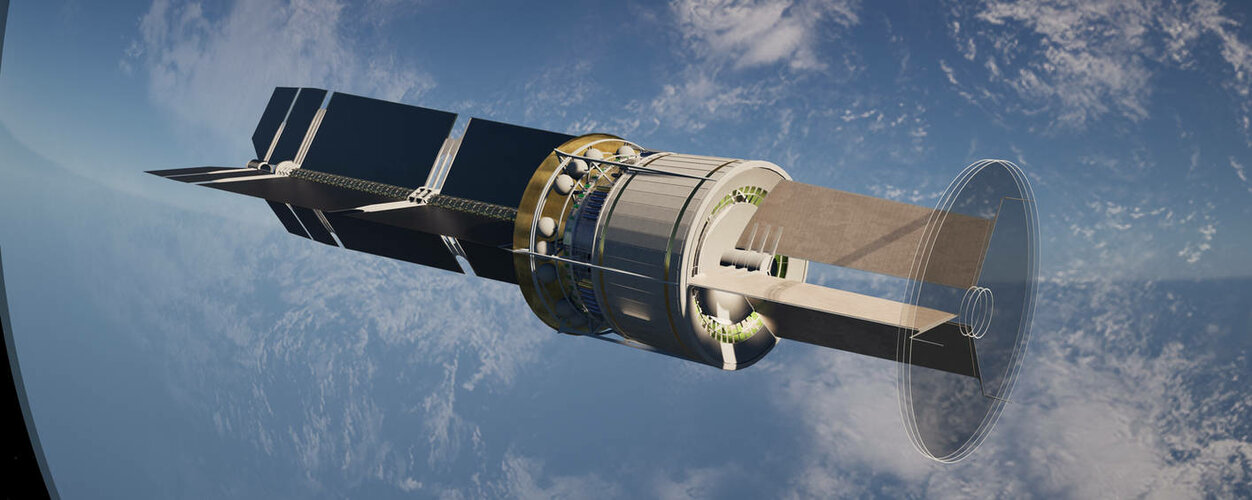Anton Petrov has a video out about a 38 mile wide asteroid that evidence indicates it impacted Earth 3.2 billion years ago:
Hello and welcome! My name is Anton and in this video, we will talk about a giant impact 3.2 billion years ago that turned Earth into hell, but life still survived
Links:
https://www.pnas.org/doi/10.1073/pnas...https://www.youtube.com/redirect?ev...org/doi/10.1073/pnas.2408721121&v=XGR_TlGpZVI
Impacts:• Important Details Emerge About The Or...
https://www.youtube.com/watch?v=aKAcT2X9lkU&t=0s
• Evidence For The Biggest Impact Crate...
• The Day Dinosaurs Died - 2nd Asteroid...
• Evidence Shows Huge Impacts Created C... https://www.youtube.com/watch?v=5TKvT8iNwyE&t=0s
0:00 Early impacts on Earth
0:40 Signs of frequent impacts
1:30 How did this affect Earth?
2:40 New study - huge s2 impact
3:45 Effects from this event and how we know this
5:20 Not just survival but proliferation of life
6:30 Blooming biosphere
8:10 How did life survive though?
9:30 Signs of new metabolism and evolution
10:15 Conclusions and implications







